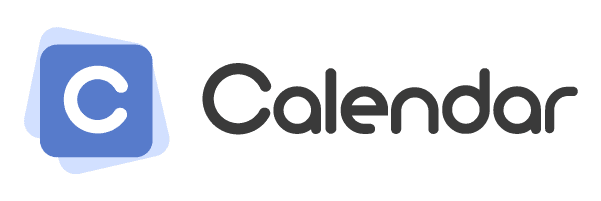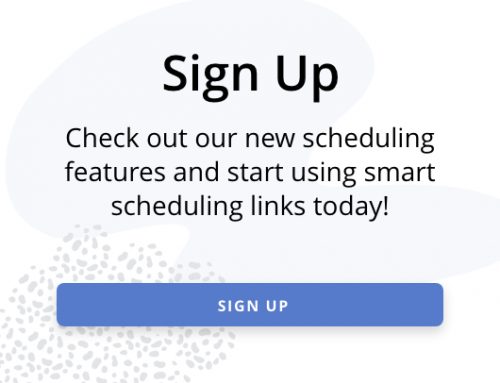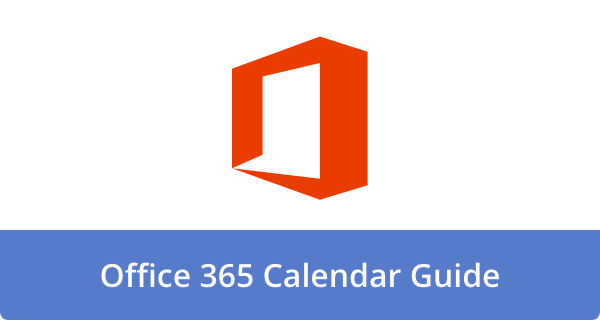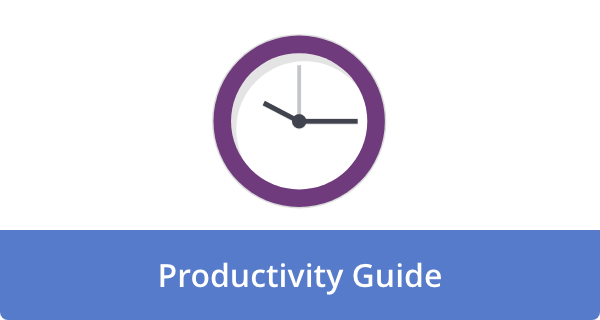

LinkedIn is well-known as both a networking tool and a digital resume platform. But for business-to-business (B2B) companies seeking a predictable and sustainable pipeline, LinkedIn can become so much more than just a social platform. It can be transformed into a powerful direct sales tool that shortens your sales cycle and builds meaningful connections.
According to Charles Gaudet, CEO of Predictable Profits, the key to that transformation lies in the way you use the platform. “Our B2B coaching clients discover that LinkedIn isn’t just another social media platform — it’s where they are able to create demand, capture demand, and nurture demand toward bringing predictability to their leads and sales.”
A successful LinkedIn sales strategy requires tactics that will do all three, along with consistent implementation. Because of its power to deliver on these fronts, LinkedIn remains one of the best sales tools for B2B companies.
Why LinkedIn is ideal for B2B sales
Unlike most other social media platforms, LinkedIn was built with business in mind. Its users are always in a professional mindset, which means they are more receptive to sales-related conversations and industry insights. The real power of the platform, however, lies in its advanced targeting capabilities.
Unique advantages of using LinkedIn
By making LinkedIn a foundational part of its direct sales strategy, your business can do the following:
- Engage in direct targeting: identifying companies and individual decision-makers that align with your client profile
- Improve content visibility: positioning yourself as a thought leader and building your credibility with strategic posting
- Achieve higher response rates: consider InMail, which consistently achieves 3x higher response rates compared to cold emails
- Facilitate always-on selling: remaining active through posts, likes, and comments without triggering sales fatigue
With the right approach, LinkedIn becomes the “connective tissue” of your revenue ecosystem, serving as the platform where conversations begin and conversions happen.
Pre-heating: the key to LinkedIn sales success
Blasting out cold messages isn’t effective, and Predictable Profits has the data to prove it. In response, Gaudet and his team use what they call “pre-heating” to drive up response rates.
As he explains, “Pre-heating is a strategic approach that positions you as a familiar, trusted resource before your first direct contact.” The strategy combines three key pillars to make your sales conversations feel more organic and less intrusive:
1. Strategic Omnipresence
The basic premise of pre-heating is to take the “chill” out of initial communications. Before initiating contact with a target business, increase your visibility on LinkedIn and other platforms. This involves prospects seeing your posts in their feeds, spotting you commenting on mutual connections’ content, or encountering your brand in industry conversations.
When you eventually reach out, your goal is for prospects to think, “I’ve seen valuable content from this brand before,” or “I appreciated their thought leadership on [subject].” Essentially, if your brand name is familiar when you reach out, you’ll be met with substantially lower resistance.
2. Meaningful Engagement
Once you’ve connected with prospects, add their names to LinkedIn Sales Navigator to track when they post. Actively participate in their conversations, going beyond a simple “like” or generic comment. Respond thoughtfully with insightful follow-up questions that demonstrate your understanding of their industry and challenges. Share relevant insights or resources that showcase your expertise.
If a prospect shares an article about a new industry trend, a meaningful response might be to offer a specific example of how that trend is impacting another company in a similar sector, sharing a related resource that provides further context. By contributing to their professional discussions and offering your perspective, you can establish yourself as a knowledgeable peer.
3. Content Alignment
Your content should speak directly to your audience’s challenges and goals. Put simply, when a prospect visits your profile, they should feel like you’re already in tune with their needs.
The results of that sort of strategy are compelling. Predictable Profits’ clients who have implemented these steps have experienced the following improvements:
- A 35 to 47% increase in positive reply rates compared to cold messages
- A 55 to 200% increase in close rates
- A 40% reduction in sales cycle length
The most successful brands create anticipation for sales conversations before they even happen.
Common LinkedIn sales mistakes B2B companies should avoid
Despite LinkedIn’s potential, many companies fail to use it effectively. Gaudet observes that a significant majority, specifically four out of five B2B companies experiencing stagnant growth, treat LinkedIn as a stand-alone channel rather than an integrated component of their overall business development ecosystem.
The most common pitfalls are as follows:
Cold outreach without pre-heating
Cold messages often receive an equally chilly reception and are frequently ignored completely. However, Predictable Profits has found that response rates increase tenfold when clients implement pre-heating strategies from its setup phase.
Poor targeting
Casting too wide a net and reaching out to individuals who don’t fit your ideal customer profile not only wastes valuable time and resources, but it also can dilute your messaging, leading to low engagement and perceived irrelevance. The most successful B2B brands target specific decision-makers with particular pain points. They use “create demand” messaging that aligns with the unique needs of each client.
Rushing to book calls
All too often, sales teams treat booking a call as a win. And while every salesperson indeed wants their calendar filled with scheduled calls, jumping ahead positions businesses as transaction vendors, not trusted advisors. Predictable Profits has found that prospects need 20 or more meaningful interactions before they are “buyer-ready.”
Resume-style profiles
Many professionals simply list their past roles and responsibilities on their LinkedIn profiles. For B2B, your LinkedIn profile should be a sales asset, not a digital resume, communicating your value proposition directly to potential clients. Rather than focusing solely on career history, address your audience’s needs and reinforce your position as a trusted advisor by highlighting problems you solve, successes you’ve helped others achieve, and the expertise you bring to the table.
Title-only headlines
A headline like “Sales Manager” adds little value. Instead, use specific verbiage that demonstrates what you bring to the table, such as “Helping SaaS companies increase revenue by 200% without paid ads.”
LinkedIn sales: Turning the platform into a sales powerhouse
Market leaders do not treat LinkedIn as a one-off tactic. They integrate it into every stage of their sales process in the following ways:
- Creating demand by establishing authority and visibility through valuable content
- Capturing that demand by converting profile views into connections and connections into conversations
- Nurturing the demand through ongoing engagement and meaningful discussions
Altogether, every comment, post, and direct message is part of a library strategy.
Why integration beats isolation
B2B companies that achieve predictable growth do not rely on LinkedIn sales in a vacuum; they treat it like part of their broader marketing ecosystem, which includes email, retargeting, search engine optimization, and sales enablement. The result is a cohesive journey for your audience.
Can you afford not to use LinkedIn?
The B2B landscape is becoming increasingly competitive by the day, especially as buyers are more informed, selective, and cautious than ever. With the modern buying journey becoming increasingly digital, prospects are conducting research and seeking out insights online before ever engaging directly with a sales rep.
Your prospects are on LinkedIn right now, and they’re asking questions, reading posts, and forming opinions about who they want to work with. The companies that win will be the ones that show up early and consistently offer value — make sure yours is one of them.
Featured Image Credit: Photo by Alexander Shatov; Unsplash; Thanks!











Deanna Ritchie
Editor-in-Chief at Calendar. Former Editor-in-Chief, ReadWrite, Editor-in-Chief and writer at Startup Grind. Freelance editor at Entrepreneur.com. Deanna loves to help build startups, and guide them to discover the business value of their online content and social media marketing.